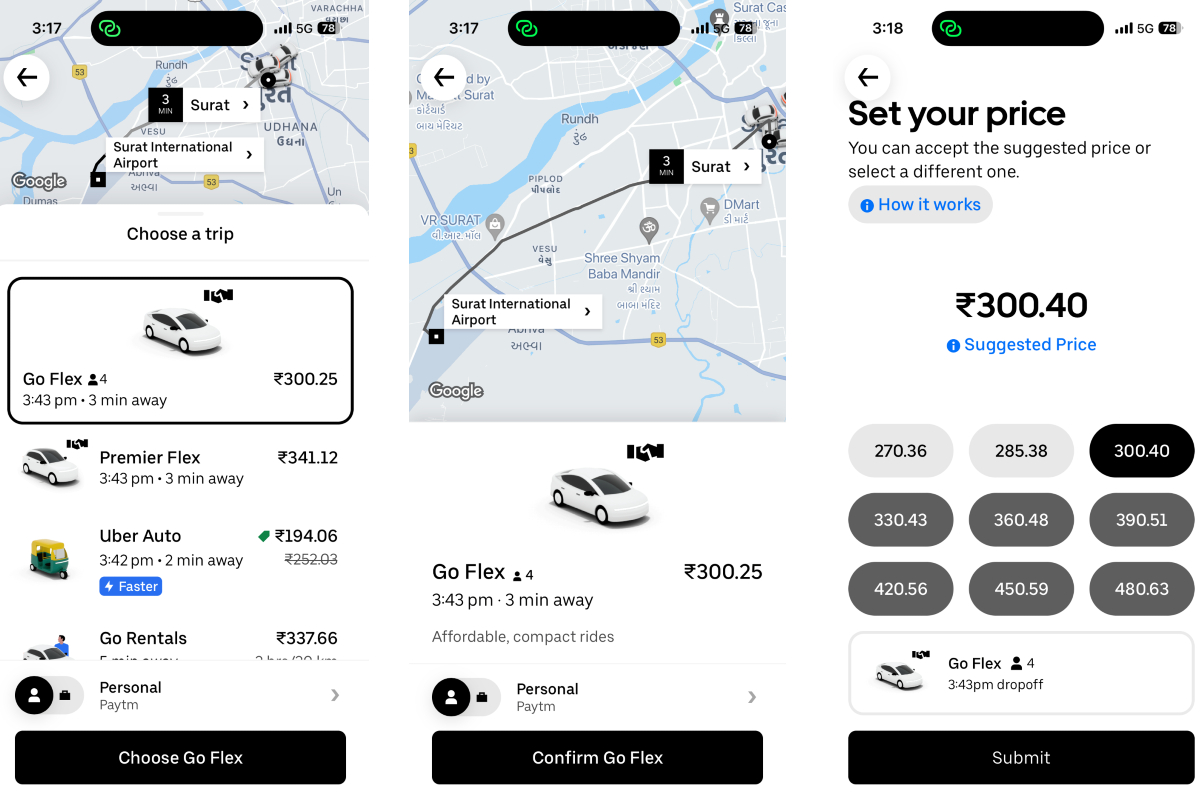
When Oasis announced its reunion tour last month, fans of the British rock icons rejoiced — by some miracle, brothers and frontmen Noel and Liam Gallagher managed to resolve their fifteen-year-long feud and got the band back together. But for fans, getting tickets to see Oasis seemed even more unlikely than the band’s reunion.
Thanks to Ticketmaster’s dynamic pricing structure, which ramps up the cost of tickets when there’s a lot of demand, some fans needed to shell out hundreds of dollars more than the initial ticket price to see Oasis play together again. When tickets went on sale for the set of European dates, some tickets that were initially priced at £150 more than doubled to cost £350. Dynamic pricing has caused similar frustrations among fans of artists like Sabrina Carpenter and Taylor Swift.
On Monday, Oasis announced it would expand its reunion tour with shows in North America, but unlike fans in the United Kingdom and Ireland, people buying tickets for North American shows will not have to contend with the maligned dynamic pricing system.
pic.twitter.com/hUuHrSbwW5
— Oasis (@oasis) September 30, 2024
“When unprecedented ticket demand (where the entire tour could be sold many times over at the moment tickets go on sale) is combined with technology that cannot cope with that demand, [dynamic pricing] becomes less effective and can lead to an unacceptable experience for fans,” Oasis’ management wrote in a statement.
Artists can choose to opt out of dynamic pricing, but in some cases, the issue with the feature doesn’t become apparent until it’s too late. Dropout’s Dimension 20, a Dungeons & Dragons actual play show, claimed that it was not aware that it could even opt out in the first place.
“Dynamic Pricing / Platinum Tickets had not been something explained to us, nor something presented as something we had the ability to opt out of – once we had a better understanding of the situation as a group, we communicated to Live Nation that it was Dropout and the cast’s desire to opt out of all dynamic pricing tickets for this event and for all events going forward,” Dropout said in a statement.
Dynamic pricing has become so detested among music fans that Ticketmaster is facing probes in both the United States and the United Kingdom. Thirty-nine state Attorneys General in the U.S. have sued Live Nation-Ticketmaster for anti-competitive practices — the conglomerate controls the majority of ticket sales and venue bookings in the U.S., which legislators argue has stifled competition in the space. Aside from dynamic pricing issues, fans trying to buy tickets to see artists like Taylor Swift and Beyoncé have lost their spots in line after hours in digital queues due to technical issues.
Ticketmaster claims that dynamic pricing aims to deter scalpers from buying tickets for the purpose of selling them later. By raising the prices, though, scalpers remain undeterred, and fans still end up having to pay higher prices to see the show.
“It’s important that fans are treated fairly when they buy tickets, which is why we’ve launched this investigation,” said Sarah Cardell, Chief Executive of the U.K.’s Competition and Markets Authority. “It’s clear that many people felt they had a bad experience and were surprised by the price of their tickets at check-out.”

